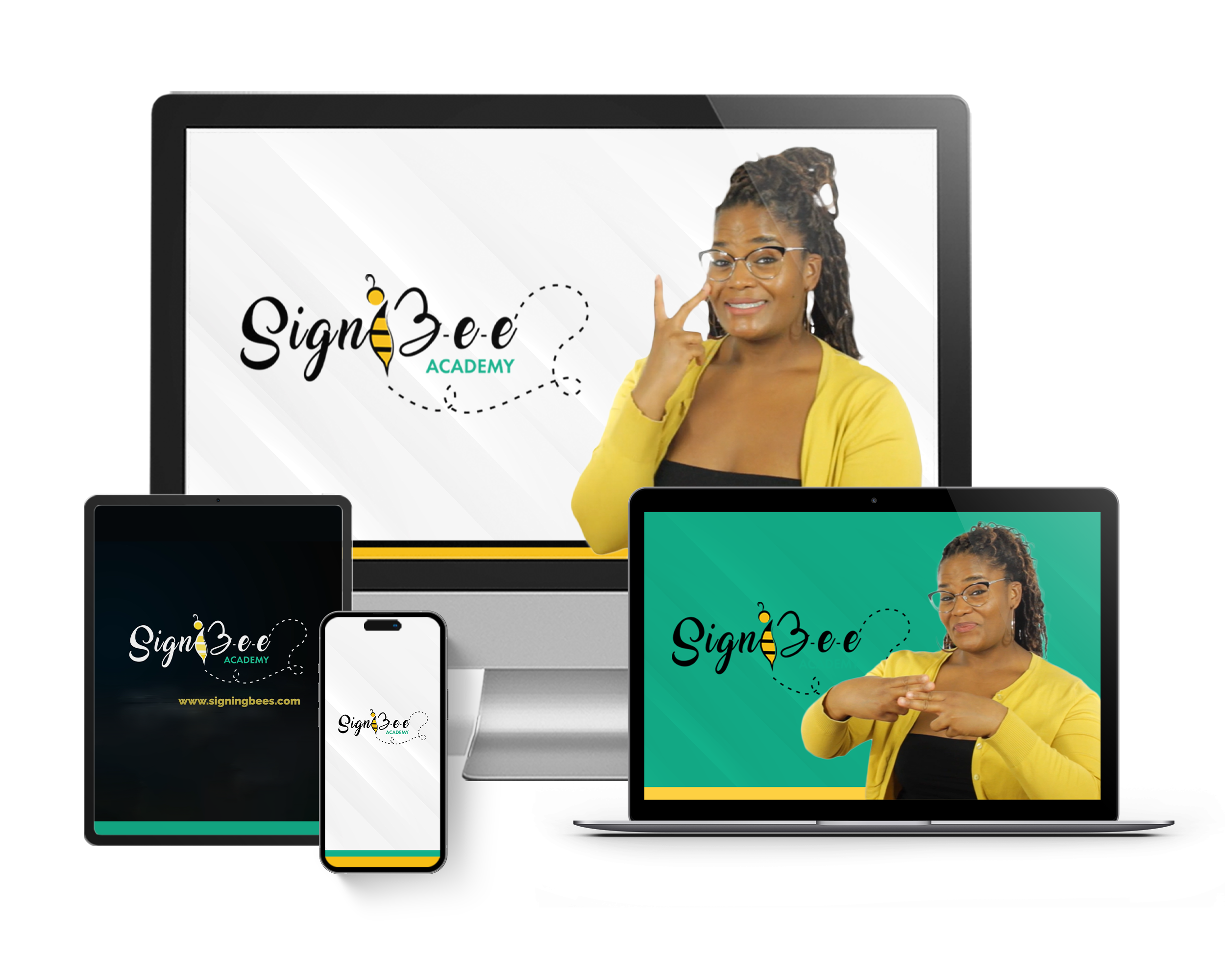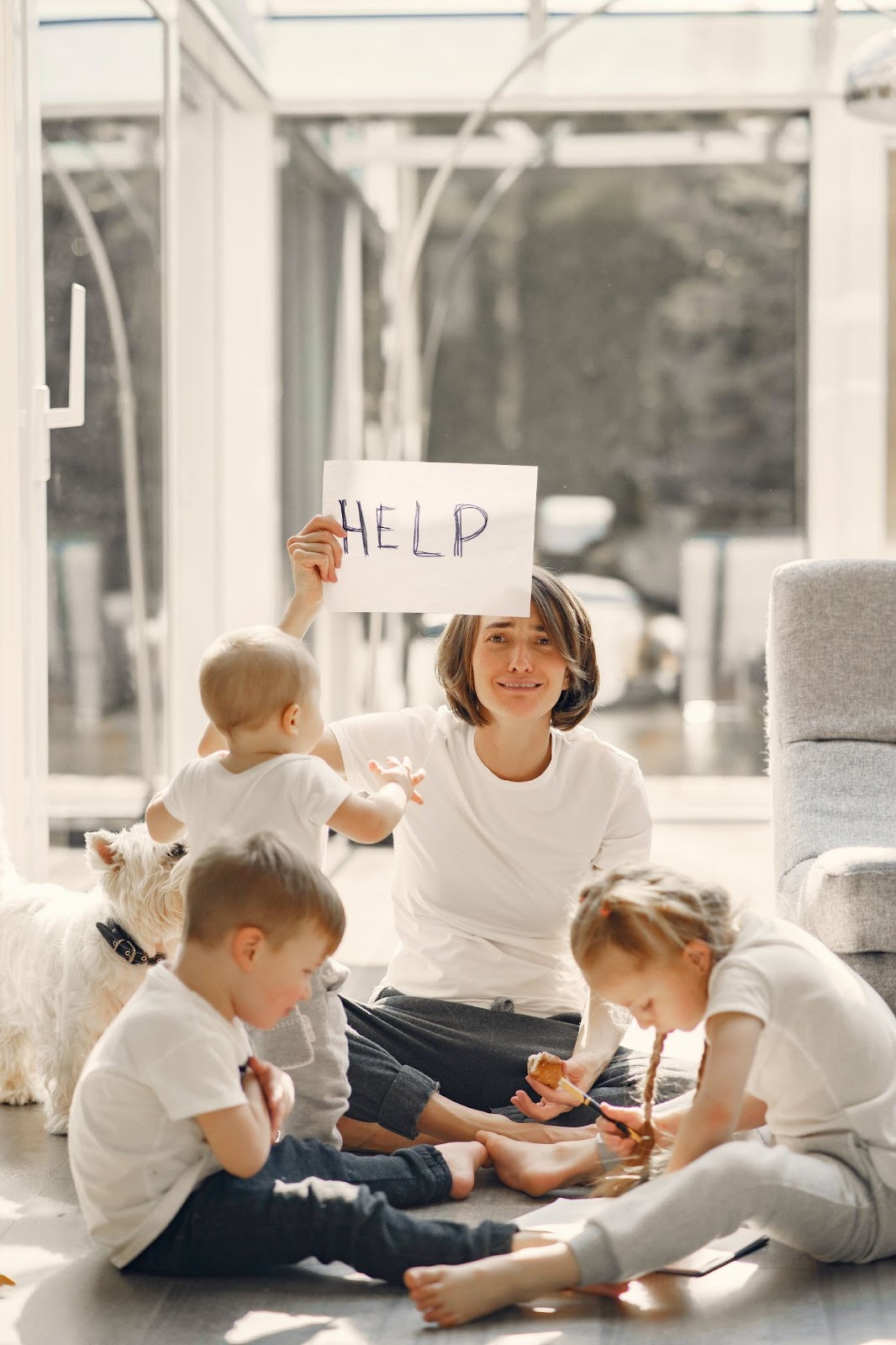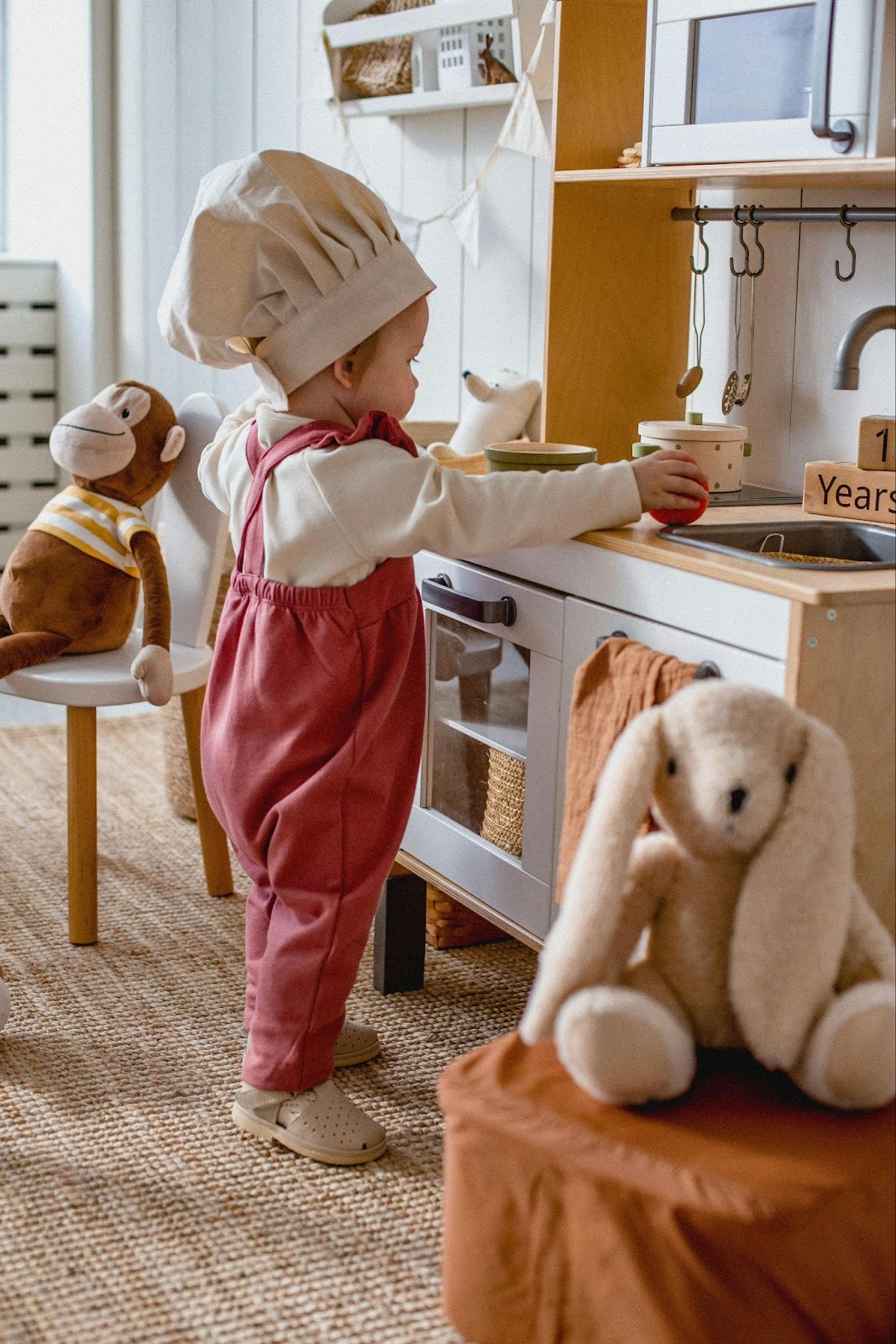Have you ever watched an Olympic 100-meter sprint? If you have, then you know how much a split second is. It is so important that athletes are disqualified for leaving their starting blocks a fraction of a second before the starting gun is fired.
Learning for children is a bit like an Olympic sprint. A little head start can go a long way in preparing your child for the life ahead. One of the most important landmarks for children is language development and that is one hurdle you would want your child to overcome as easily as possible.
Baby sign language is a set of gestures that a preverbal child can learn and effectively use to communicate. It isn’t a language as it lacks the complexities of one, but it is good enough to meet the communication needs of children.
So, you might be wondering what the link is between baby sign language and language development. I am here to show you the link and to also tell you how to use baby sign language to promote language development.
Why Language Development is a Big Deal
Before I show you how to use baby sign language to prompt language development, you first need to know what Language development is.
Think of how natural speaking is to you. Think of how natural it is to understand what another person is saying, especially in the language or languages you speak. This ability didn’t come at once. You developed it over time as a little child and that is what language development is all about.
Language development involves the process through which a child understands and uses language. It is marked by a child’s ability to speak.
If you were asked when a child begins developing language, you might guess that it begins when the child starts babbling. That isn’t the case, as children begin developing language from birth.
If you are also asked when it stops, you might think of age five or six. However, it continues for far longer than that.
It can also be broken down into stages: birth, three months, six months, 1 year, 18 months, and 2 years.
The changes can be rapid within the first two years and then the child slowly develops more complex processes after that.
All this has to happen for your child to communicate effectively in this world and it is a very long and complex process. This is why language development is important in the life of a child.
How to Use Baby Sign Language to Promote Language Development
Is there a way to help the language development process along? Yes, there is. One way is baby sign language. Extensive research has gone into baby sign language and language development as that is usually one of the many concerns with baby sign language.
I am glad to report that baby sign language has a positive effect on language development. Baby sign language introduces children to the concept of language at a young age and this concept helps them as they reach the age of speaking.
Let’s take a look at ways to promote language development with baby sign language.
Photo by Karolina Grabowska
Rule One – Start Early
Remember the part of language development benefiting from a head start? For you to get the full benefit of your child learning baby sign language, you have to start early. Six months is a good time to start as any younger will be too young for most children.
Start introducing signs or gestures at the age and you will see positive results. Another reason why 6-9 months is good is that it is at this age that children begin developing motor skills that will be needed to make gestures.
Rule Two – Choose Relevant Signs
Baby sign language has a catalog of signs that parents can teach their children. You aren’t meant to teach your child too many signs. Roughly eight to ten signs in total are fine. Looking at the more than twenty possible signs to teach your children, which eight should you teach?
The answer is easy – choose the signs representing common activities your baby engages in. Of course, the sign for “eat” should be there as all babies eat. “Sleep” is another sign that you can’t go wrong with.
If your child is still breastfeeding, the sign for “milk” will be helpful.
There is no hard and fast set of signs that you must choose. However, just ensure they are relevant to the daily activities of your baby.
Rule Three – Combine Signs With Speech
This is a big one. You want your child to proceed normally through the stages of language development and that is why you are teaching them baby sign language. A way to guarantee that is to speak as you gesture with your baby.
When you teach your baby the sign for “milk” for example, don’t just make the gesture but say the word. That way, you are teaching the baby to gesture for milk and getting them used to the sound.
Eventually, these words that have been introduced in baby sign language might turn out to be the baby’s first words. Parents speaking to children has always been vital in language development.
Rule Four – Remember You are Dealing with a Baby
In the process of teaching our children, we might be so passionate about the process that we become impatient with their process. So, every time you engage with your child, remember that you are dealing with a baby. Learning baby sign language and developing language will only happen at the baby’s pace.
On the other hand, be consistent as you remember that you are dealing with a baby. Imitation is a child’s favorite way of learning, so being consistent in using the chosen gestures will help your baby figure out your intentions and participate.
Finally
Baby sign language can be a fun bonding time with your child and it can also be a great headstart in your child’s journey to developing.
With patience, consistency, and love, you can use baby sign language to promote language development.
You are wondering the right way to begin. Start with Unspoken Language Services today. By signing up for my course on baby sign language, you are taking the right step in equipping your child with the right tools for language development.
Don’t hesitate to make that contact now. Your child will thank you for it.
Thumbnail Photo Credit to: Photo by Pixabay





